Spiral proximal humerus fracture with long butterfly fragment - IM nail plus interfragmentary screw fixation
Score and Comment on this Case
Clinical Details
Clinical and radiological findings: 29yo male, high speed MCC. Has a few other injuries but nothing that should effect this conversation- consider this fracture in isolation. Closed, normal neuro and vascular exam.
Preoperative Plan
Planning remarks:
Surgical Discussion
Operative remarks:In a young healthy patient, non-op is surly an option… but the deltoid will displace the large butterfly fragment and the proximal segment will be hard to control. This option is on the table but the patient should be counseled on the risk of non/malunion which is quite high. If this was my injury I’d want it fixed. Rapid return to function, low rate of complications. This is a simple pattern with a large surface area, best treated with direct reduction and interfrag compression imo. But when it comes to spanning a very long pattern in the humerus I prefer a nail over a plate. This is a departure from how I was trained, but it’s become a very friendly tool in my toolbox. Neutralizing this with a plate required a deltopec to looong AL approach with distal dissection of the radial nerve. Plate contour is challenging and requires taking down a lot of deltoid. A well done nail is less exposure, less blood loss, less risk to the radial nerve, and faster. The reduction was done thru a limited AL approach for direct clamping. The cuff is carefully split and protected during nailing. 2.4 interfrag screws were placed as clamp replacements to maintain reduction. Huge nuance- this nail is straight, which is good for coronal plane, bad for sag plane in simple patterns. I bend it with a table top bender to match the bow of the humerus to 1) avoid iatrogenic malreduction and 2) prevent distal humerus fracture. (Claiming this as my IP - the engineers will steal any tidbit they can for their next design iteration! Be careful young surgeons!). Originally posted on Instagram by @orthopaedic_trauma.
Search for Related Literature
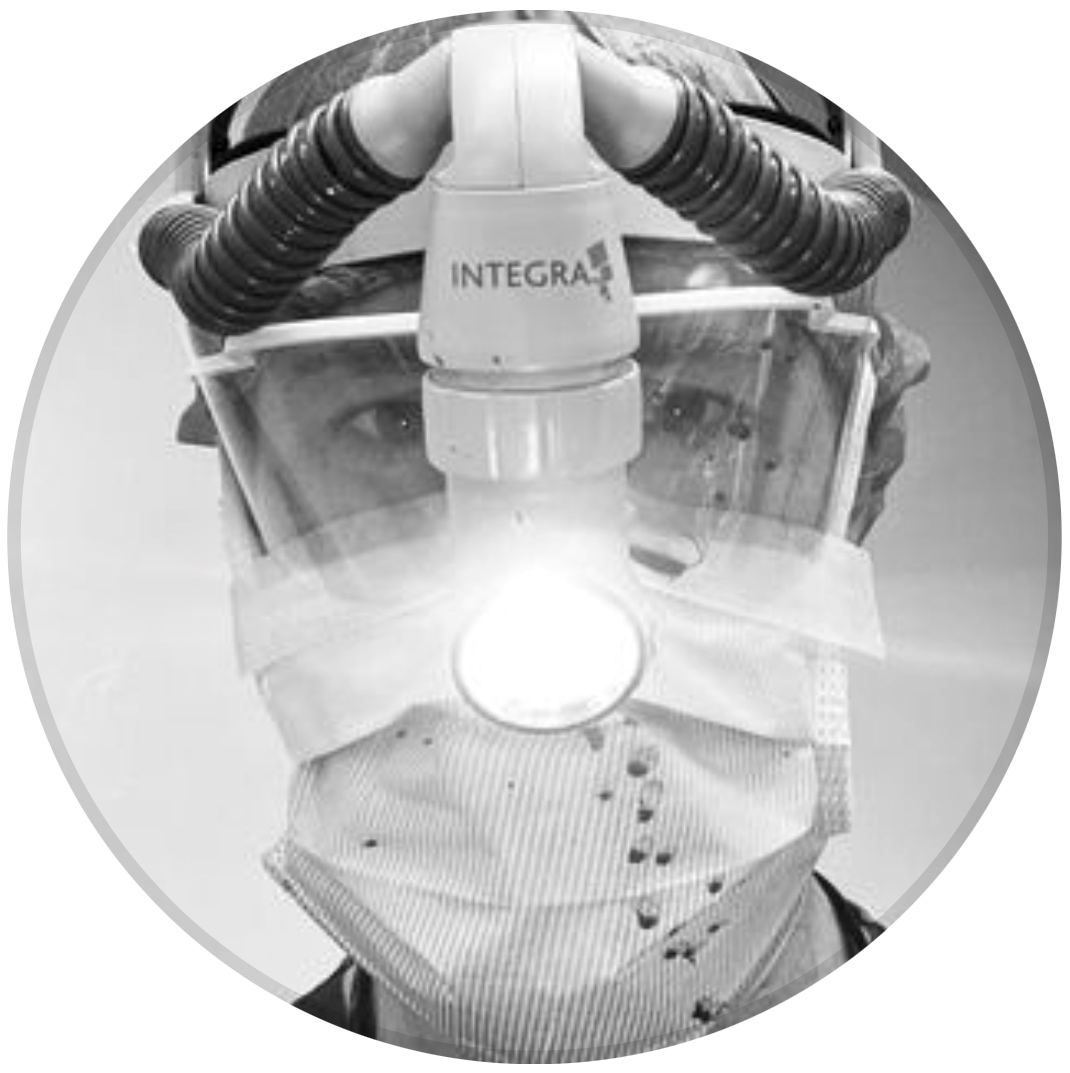
orthopaedic_trauma
- United States , Seattle
- Area of Specialty - General Trauma
- Position - Specialist Consultant

Industry Sponsership
contact us for advertising opportunities
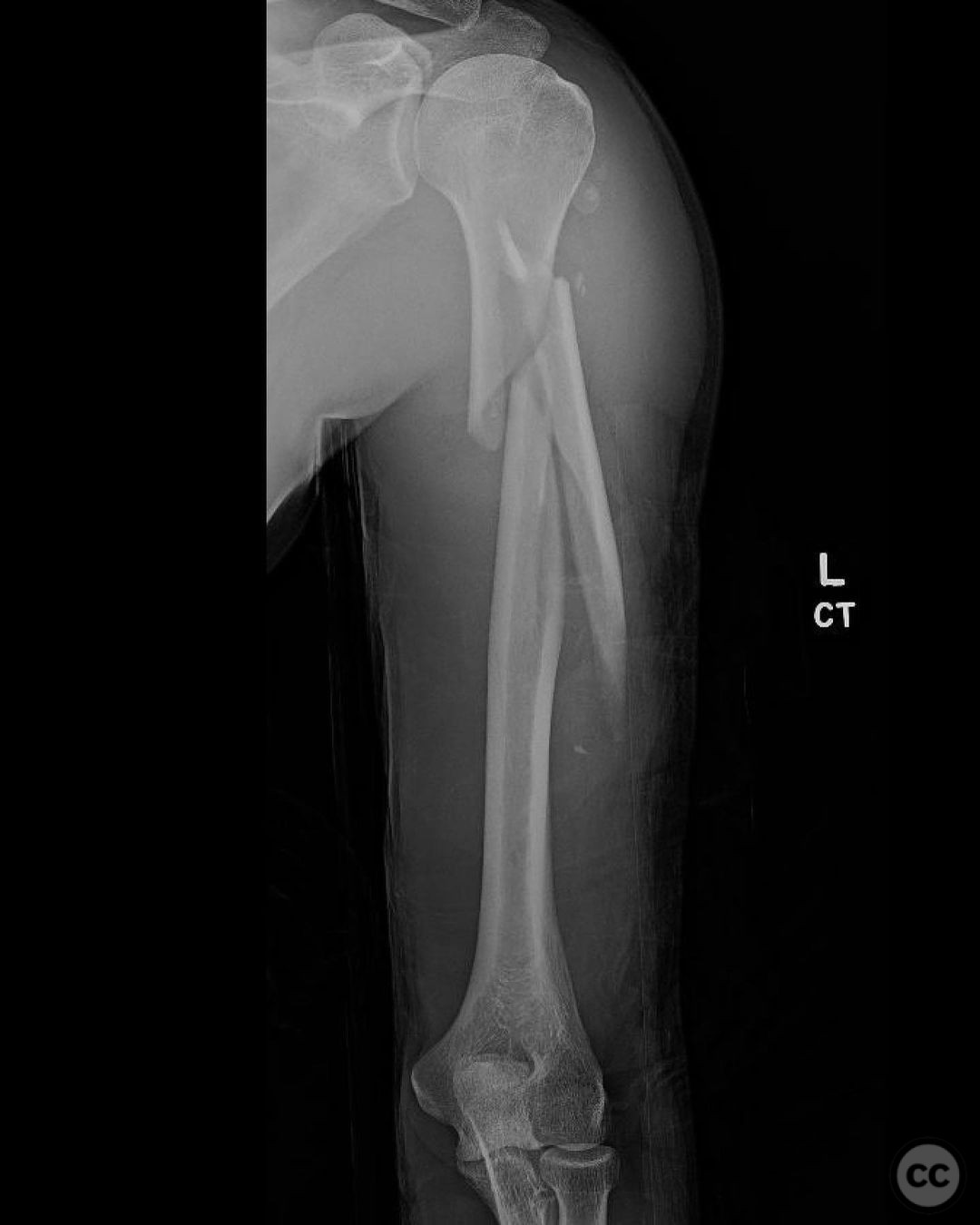
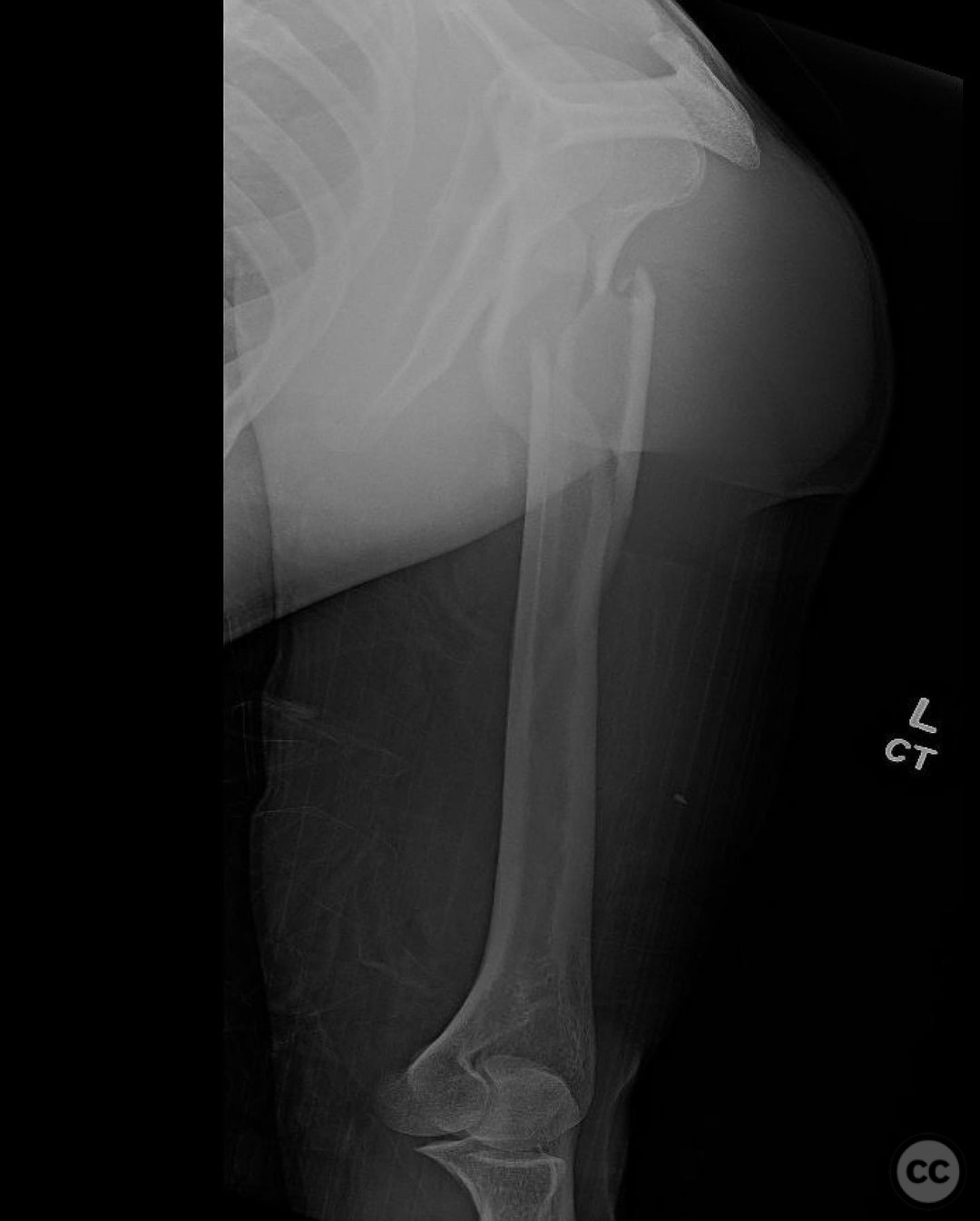
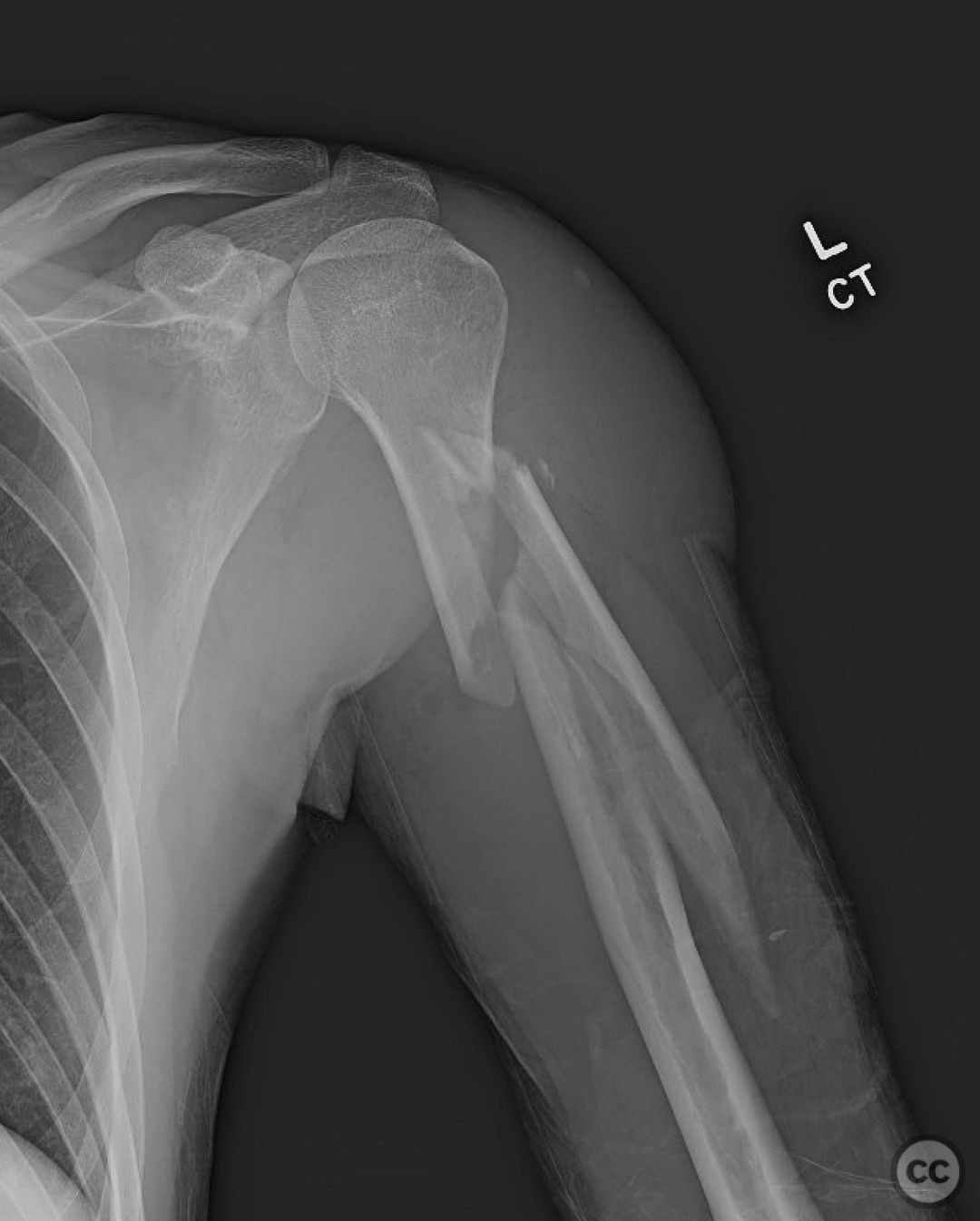
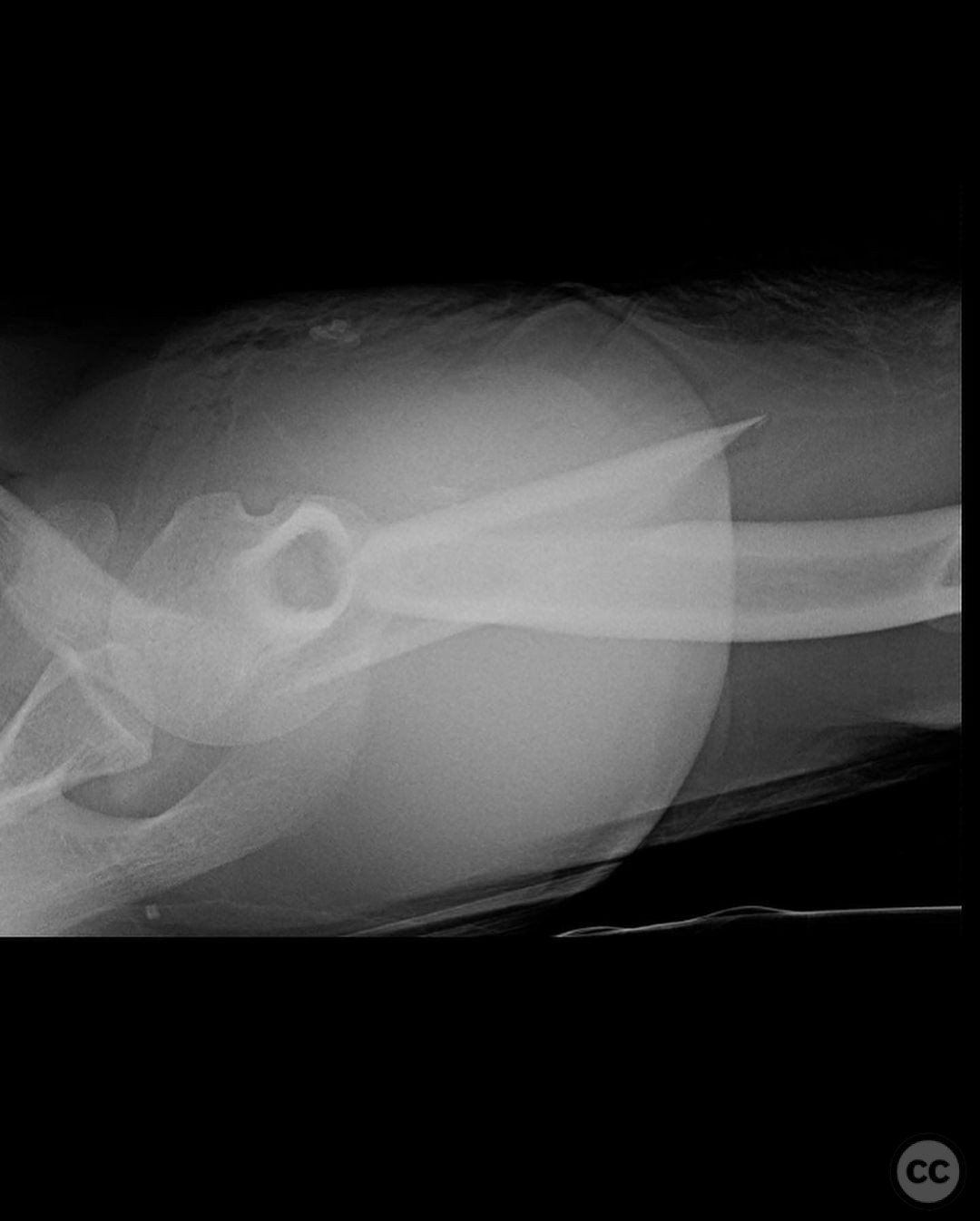
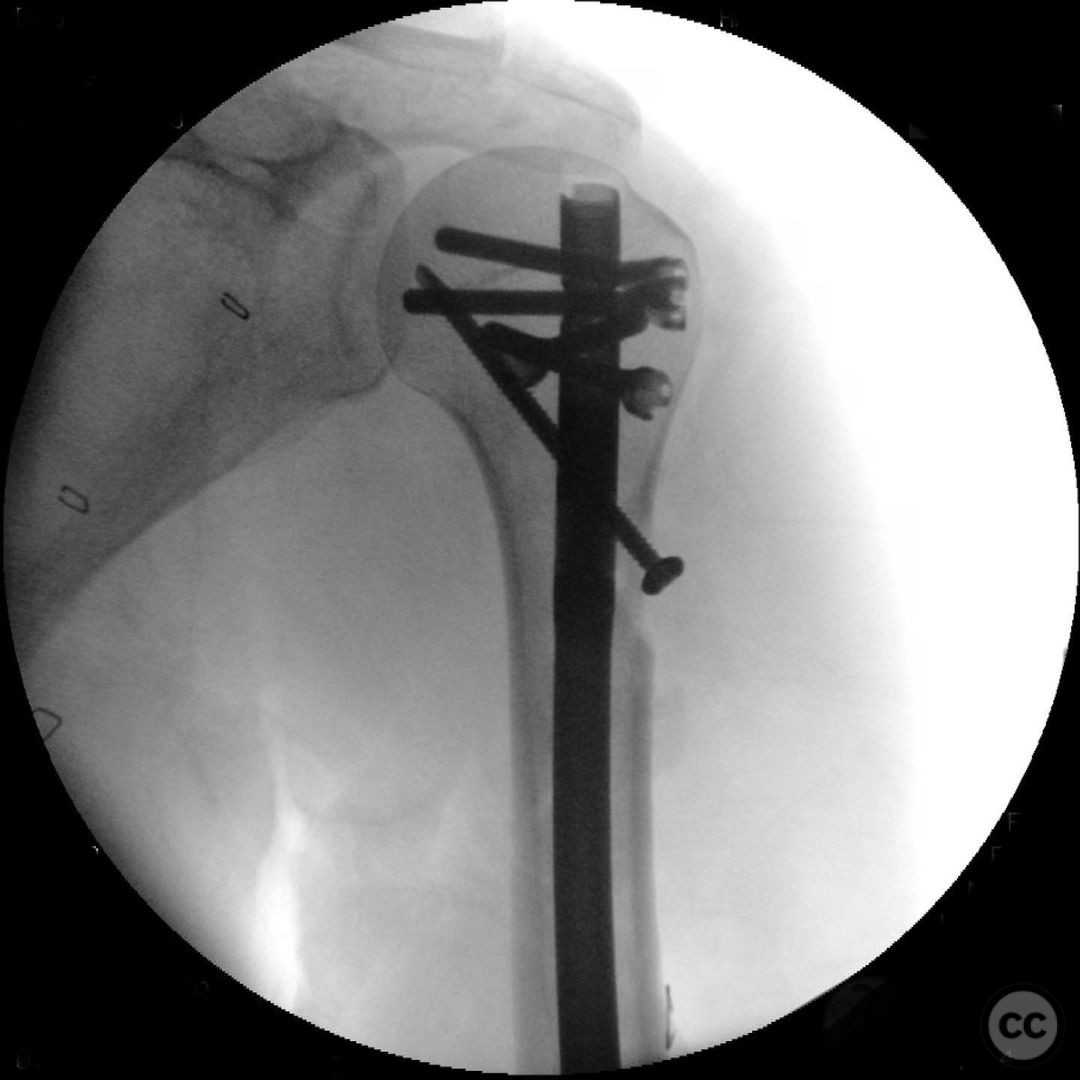
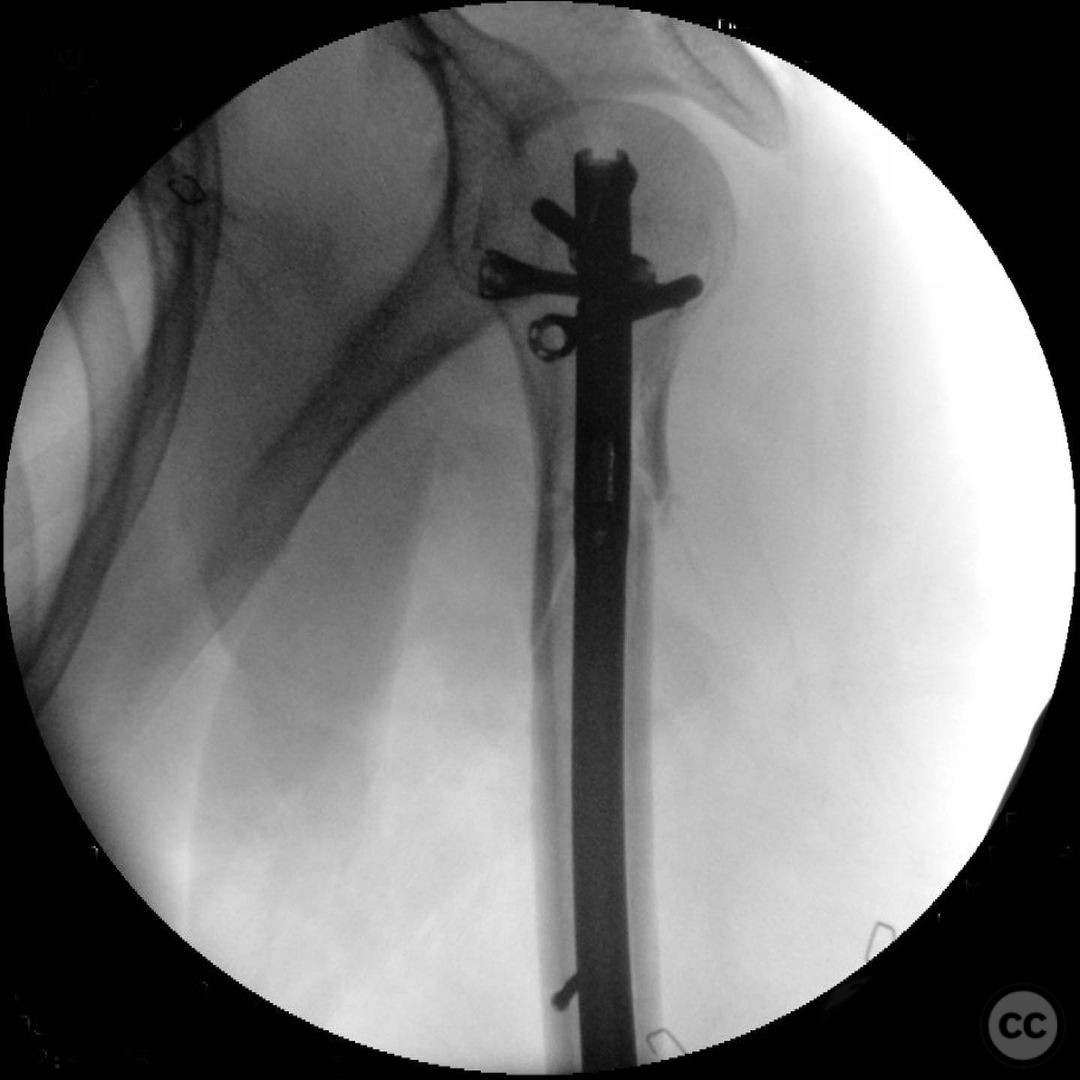
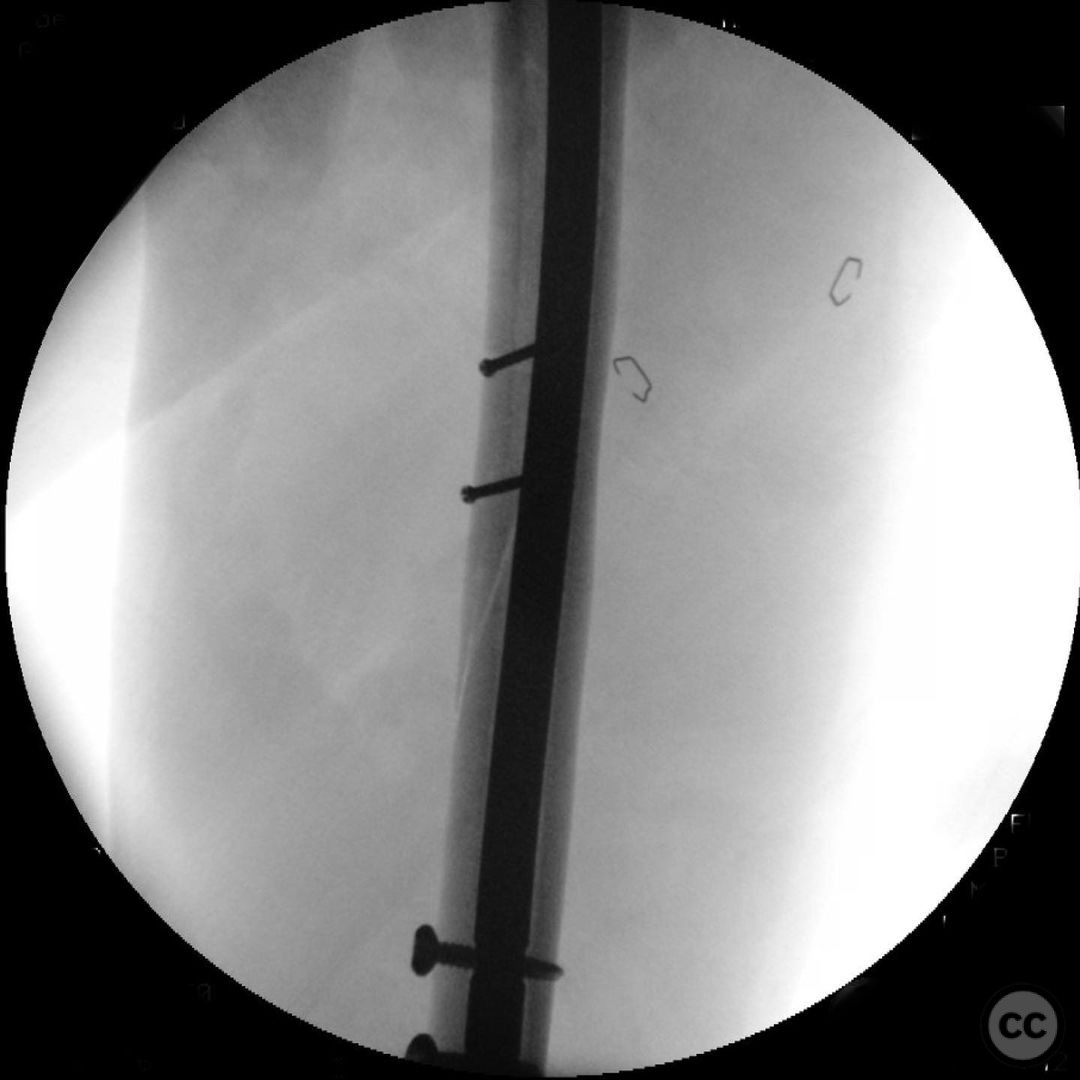
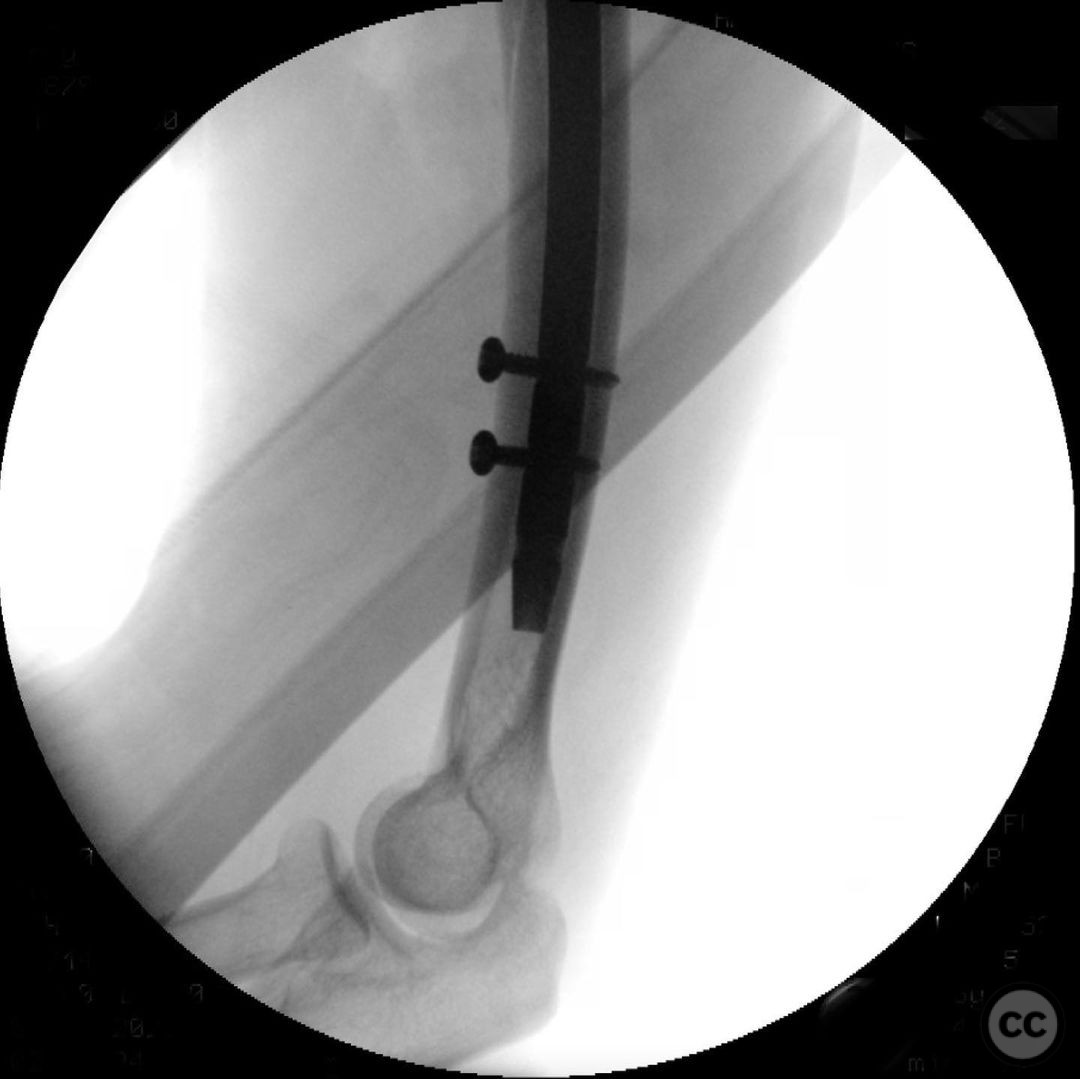
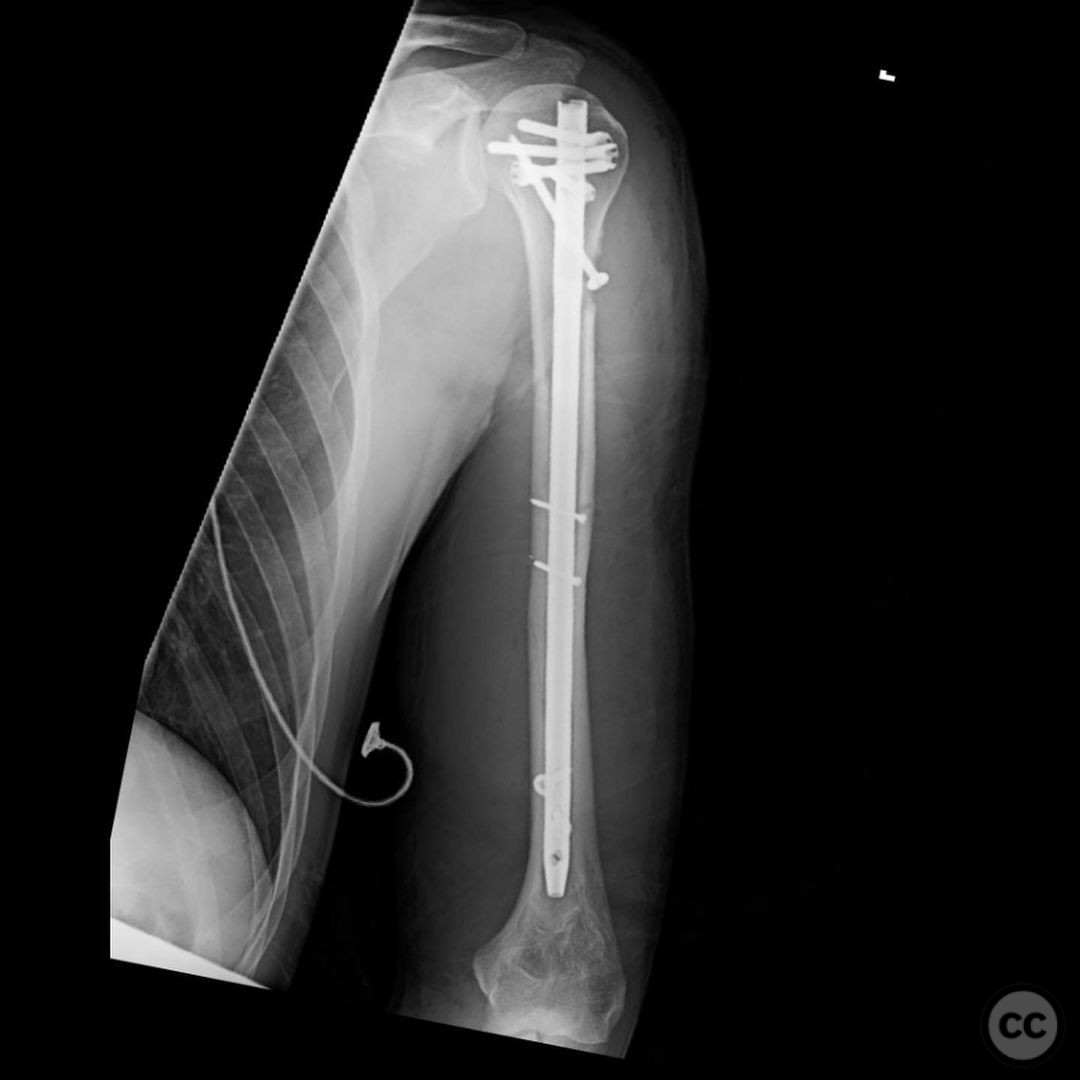
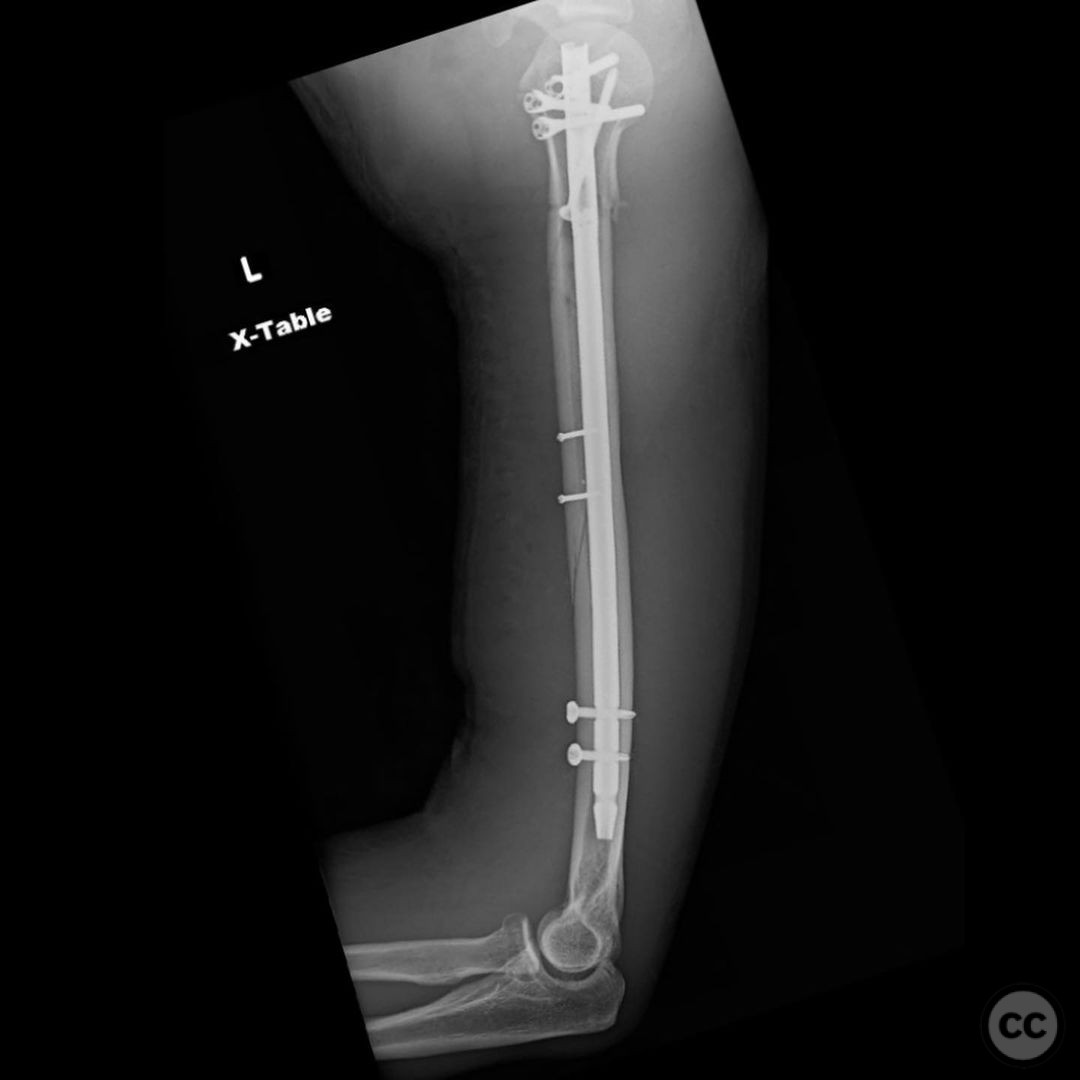
Article viewed 1672 times
27 Nov 2022
Add to Bookmarks
Full Citation
Cite this article:
Surname, Initial. (2022). Spiral proximal humerus fracture with long butterfly fragment - IM nail plus interfragmentary screw fixation. Journal of Orthopaedic Surgery and Traumatology. Case Report 32842134 Published Online Nov 27 2022.